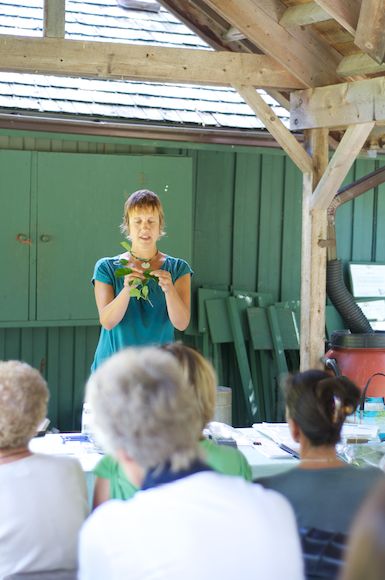New, Convenient Gateway To Kawarthas: 407 Extension Just Opened Off Highway 115
/There is a new convenient gateway to the Kawarthas, with the opening of the final stretch of Highway 407 and Highway 418.
Starting on Monday, December 9th, the final phase of this project will be open to drivers, connecting Highway 407 from the new Highway 418 to Highway 35/115. Highway 418 will provide another north/south connection from Highway 407 to Highway 401.
Photo from new 407 extension ribbon cutting courtesy Sandra Dueck, Peterborough Chamber of Commerce
The extension will add 14.2 kilometres to Highway 407, and the new Highway 418 (10 kilometres). This will add more options for commuters and families to travel across the region faster.
”It is an important connector of people and goods to and from Ontario’s largest economy,” says Sandra Dueck, Policy Analyst, The Greater Peterborough Chamber of Commerce.
MAP courtesy 407 ETR
"The completion of the Highway 407 East project will connect communities and greatly improve our transportation network in this region," adds Vijay Thanigasalam, Parliamentary Assistant to the Minister of Transportation.
Photo from new 407 extension ribbon cutting courtesy Sandra Dueck, Peterborough Chamber of Commerce




























